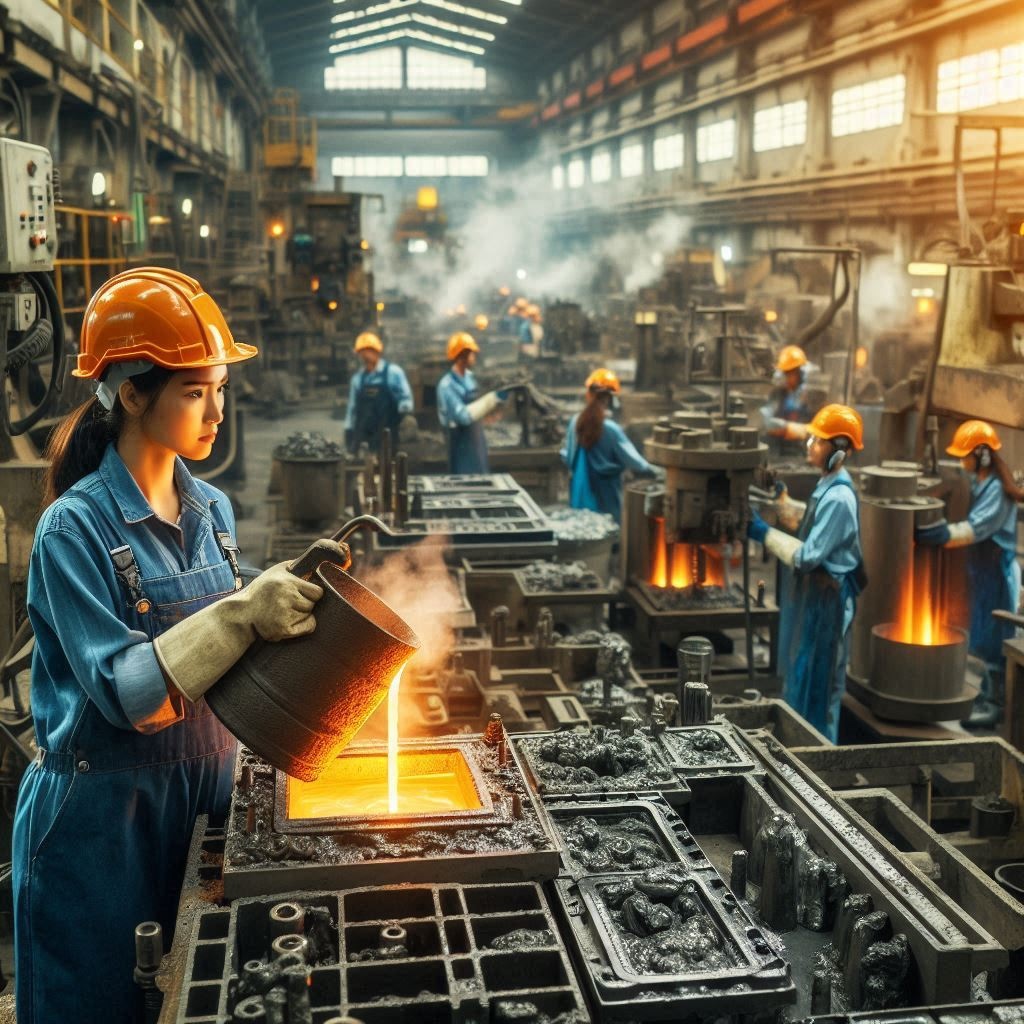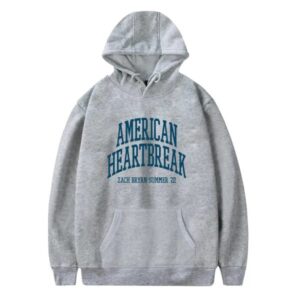
Investment Casting Foundries
Investment casting, also referred to as the lost-wax method, is among the oldest processes of metal forming, and it is still one of the most accurate. Modern investment casting foundries have completely modernized this ancient method through automation, rigurous materials, and strict quality control. Investment casting is a continually growing process for industries requiring excessive shapes and low tolerances with exceptional surface finishes. Foundries are producing everything from aerospace turbine blades to orthopedic implants and pump impellers. Foundries are producing components that meet full performance requirements and, importantly, full cost requirements.
The Role of Investment Casting Foundries
Foundries that offer investment casting services often embrace the role of full-service partner, working with customers from start to finish—adding value from design help and virtual prototyping through to the complete large volume production process. Investment casting foundries are not just casting providers; they are also partners that work with customers to ensure not just metallurgy, and dimensional precision, but also performance based recovery for applications. While casting foundries extend end markets across industrial sectors including automotive, aerospace, oil & gas, defense, medical, food processing, and general engineering—all generally combining state-of-the-art facilities with traditional craftsmanship.
The Investment Casting Process
A standard investment casting foundry follows a meticulous multi-step process designed to deliver precision, repeatability, and consistency across each component. The first step involves preparing the tooling and wax patterns. Patterns are either produced from common dies or produced with sophisticated 3D printing methods. In either case, wax patterns are highly accurate representations of the final part. These patterns are assembled into trees or clusters, which are repeatedly coated with ceramic slurries to develop a strong shell around the patterns. Once the shell is finished, the wax is removed with a dewaxing process and the ceramic shell is fired to develop strength and stability. Once ready, molten metal fills the cavity of the mold by methods of gravity, vacuum, or pressure assisted, and solidification occurs in the mold. Afterward, the ceramic shell is removed, parts are cut from the tree, and finishing processes are applied to surfaces requiring refinement. For most components, heat treatment and precision machining processes will have to follow. In some cases, further quality control methods (for example NDT, CMM checking, metallurgical analysis) may also be needed to assess performance requirements. All castings have strict inspections to guarantee, that they meet an industry’s demanding quality standards.
Capabilities of Modern Foundries
Leading investment casting foundries can assist with a wide range of specifications, making them a viable option for everything from simple castings to highly complex projects. These foundries can manufacture castings as small as a few grams and as large as over 50 kg, and will be able to hold tolerances in complex features as tight as ±0.1 mm. Typical surface finishes are Ra 3.2 to 6.3 μm but polishing and specialty coatings can be performed as required. These foundries offer flexibility of order sizes from one-off prototypes to large runs.
In addition to the casting, leading investment casting foundries offer the complete range of value-added services to customers; precision machining, plating, assembly, heat treatment, and coatings, which provide the customer with a complete end-to-end manufacturing solution.
Applications Across Industries
Investment casting foundries are essential providers of precision components for many industries. In automotive and commercial vehicles, they produce complex, high-performance components, such as turbocharger wheels, transmission components, and steering knuckles. For pumps and valves, investment casting foundries manufacture pump impellers, pump bodies, valve bodies, valve stems, and valve yokes, all from stainless and duplex steels with elevated performance properties. In oil & gas and petrochemical applications, investment casting foundries manufacture flow-control components, fittings for safety-critical applications, and downhole tools. In aerospace and defence, investment castings are used for turbine blades, actuators, and structural hardware that often require a high level of reliability. In medical applications, biocompatible alloys are used for implants and surgical instruments. Investment casting foundries also provide sanitary fittings for the food and pharmaceutical industries, utilizing 316L stainless steel to ensure both sanitary conditions and quality performance.
Quality Standards & Certifications
These foundries follow strict process controls and require heat-to-heat traceability of materials, chemical analysis using spectrometers, and documented SOPs that are supported through statistical process control (SPC). Quality is further ensured with advanced in-process inspections utilizing NDT methods, DPI, MPI, UT, RT, and CMM verification and metallography. These foundries are also transparent in providing comprehensive documentation, i.e., PPAP documentation, control plans, and certified test certificates for consistency, reliability, and customer confidence.
Factors Affecting Casting Cost
Casting costs in foundries can be impacted by numerous factors that can alter the final project cost and performance. Tooling complexity is crucial to castings; dies that require substantial tooling, along with tight tolerances, increase the initial investment. The alloy selected will also have an impact, specialty alloys like nickel and cobalt will require special handling and increased costs in alloy. Yield and gating desigh will impact scrap, and by optimizing gating systems, scrap will be controlled. Machining will require less effort due to near-net-shape design, whilst surfacing including mirror polish, or electropolishing, specialty coating will add cost. Planning ahead and allowing enough parts lead time for the finish DFM will benefit the overall cost and performance.
Choosing the Right Foundry Partner
When choosing an investment casting foundry, mere consideration of price quotes is not enough; customers must consider the technical ability of the foundry, its process of quality systems, and its application of industry compliance, and customers should make sure that the foundry possesses the certifications for their industry, possesses integration capabilities (tooling, machining, heat treatment, NDT, etc.), and demonstrate its capabilities with consistency through PPAP samples and/or case studies. Some ways to minimize risk while getting the best quality part at the least cost are to audit process and controls for accuracy; to vet traceability; and to engage metallurgists early in any DFM reviews with primary foundries. After a pilot batch begins confirms tooling compatibility, process repeatability, and part quality, the customer will be in a better position to determine a reasonable long-term relationship for investment casting manufacturing with a foundry.
Conclusion
Investment casting foundries deliver precision-engineered components to customers in industries where accuracy, durability, and performance are paramount. Investment casting foundries provide customers with quality, cost efficiency, advanced technology, stringent quality systems, and many certifications and accreditation across industries. As engineered components become increasingly complex, lightweight, and high performance, including in industries such as aerospace, automotive, and medical devices, investment casting will remain a fundamental part of contemporary manufacturing.





